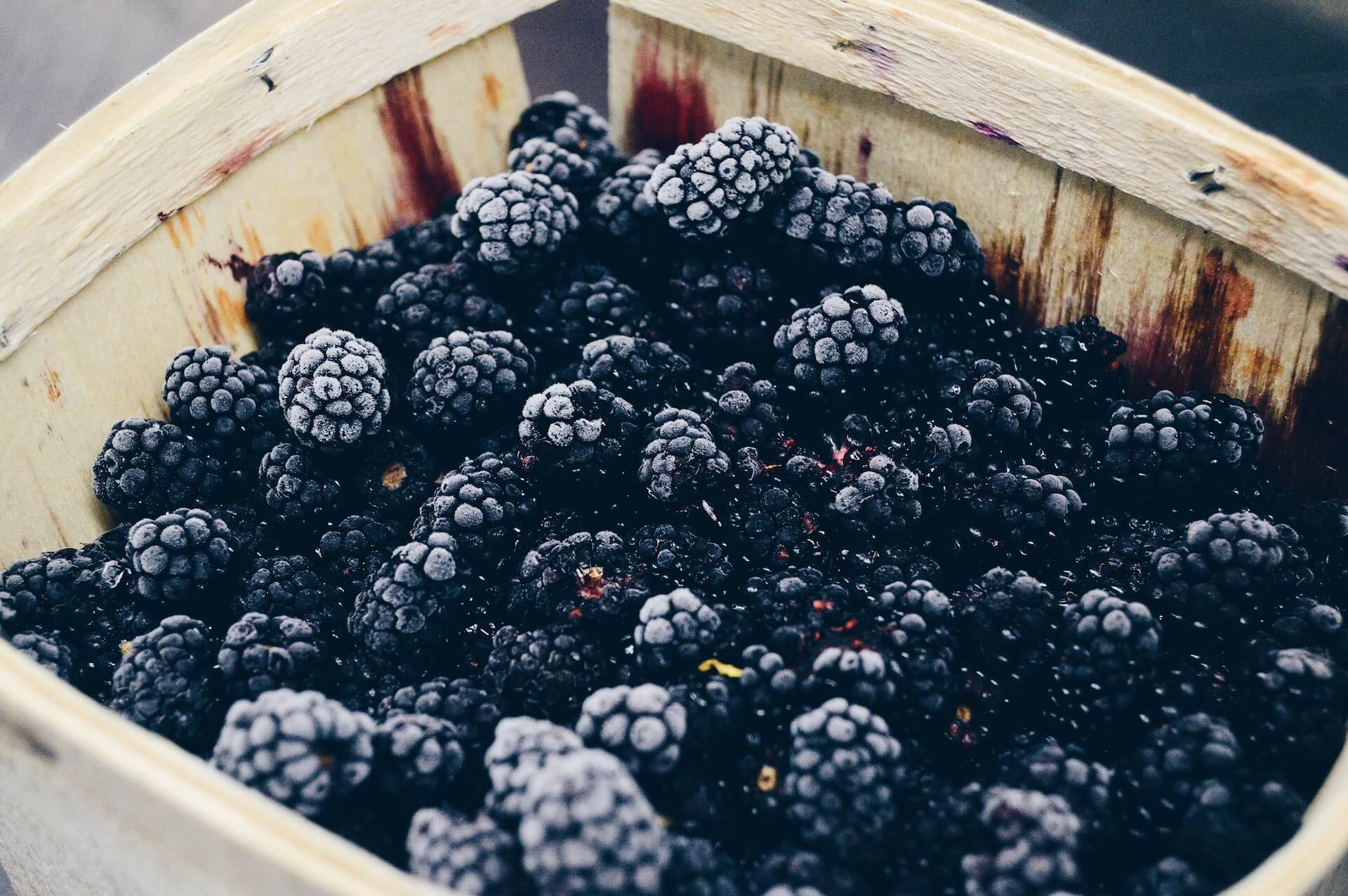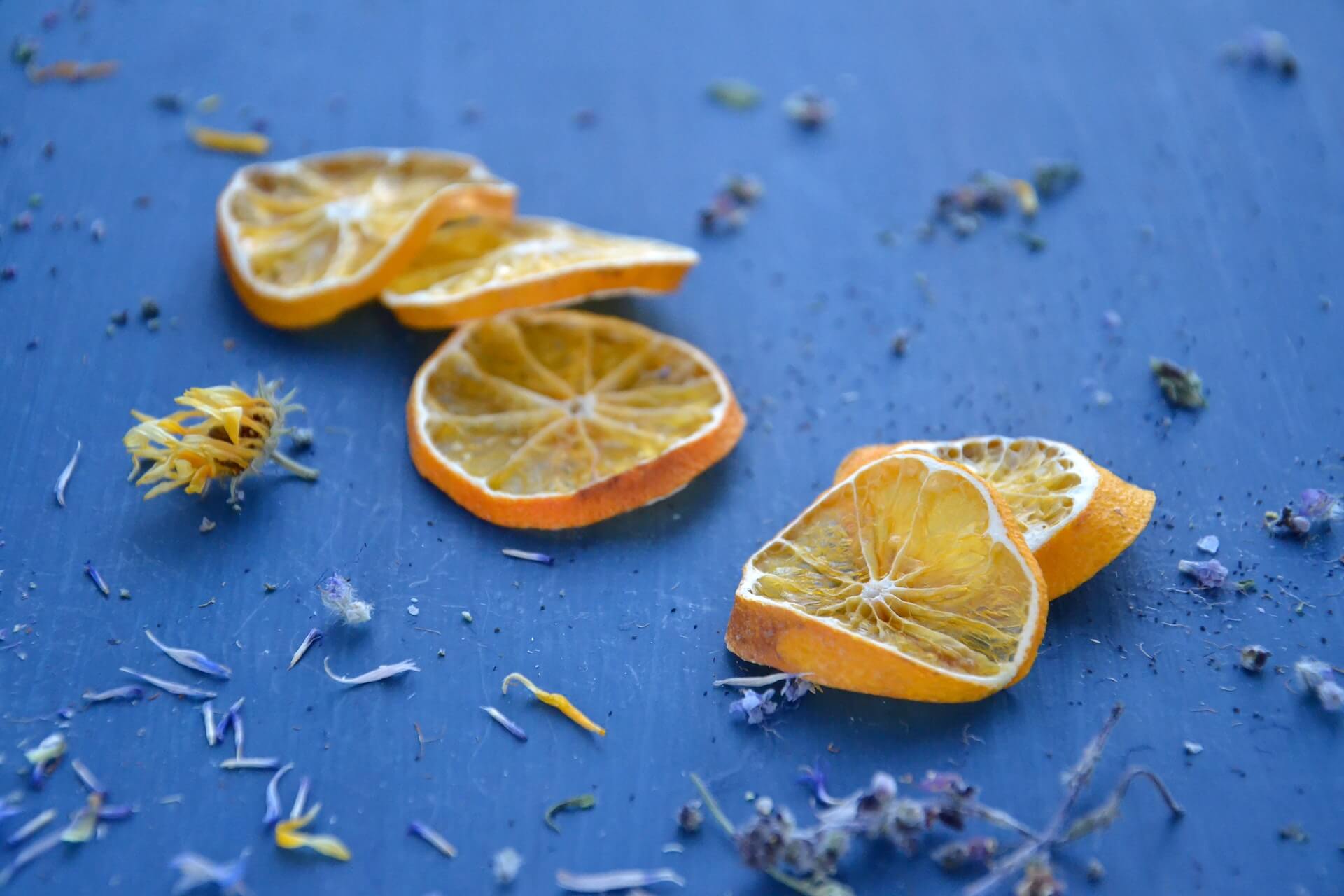Keeping foods fresh by preventing their decay and spoilage through various methods has been an essential process both in the past and present day. Learning how to preserve food for years is a crucial component for companies and customers alike as it plays a significant role in the food market. Businesses can also profit from food preservation, especially when using techniques that can keep food edible for years.
Food preservation can be done in a number of ways. We’ll discuss several of them here and how they can help you at home and in your business.
What Causes Food Spoilage?
To fully appreciate food preservation, it is essential to understand what causes food spoilage in the first place. There are five main factors that may cause food to spoil: microorganisms, enzymes, oxygen, pests, and light.
Microorganisms
All types of bacteria, yeast, and mold that can grow in food are considered microorganisms. These create waste products as they consume the food, causing food to smell and taste bad [*].
Enzymes
Foods contain proteins called enzymes that speed up chemical reactions in organisms. These enzymes have the power to break down nutrients, resulting in food degradation later on. Food will eventually spoil, especially with oxygen and moisture present.
An example is the ripening process of fruits due to pectin degrading enzymes like polygalacturonase, pectin methyl esterase, and lyase. This leads to fruit-tissue softening, which eventually leads to spoilage [*].
Oxygen
Apart from feeding microorganisms that cause food spoilage, oxygen also causes food to break down via the process of oxidation. Carbon compounds form when fatty foods come into contact with oxygen, causing them to spoil and give off foul odors.
Pests
While pests don’t necessarily cause food spoilage, they can contaminate your food in other ways. Examples of these pets are mice, ants, flies, and other insects. Viruses and bacteria can then pass on from pests to humans who consume the food.
Light
Light can also cause food spoilage as some foods, such as fats, proteins, and vitamins, are sensitive to photodegradation. When it comes to specific vitamins, research shows that vitamins A and E are highly sensitive to light [*]. Exposure can cause discoloration, nutrient loss, and eventual spoilage.
How Do You Store Food for Years?
The best way to preserve food for years is to inhibit the five causes of spoilage. The best food preservation methods protect against different causes by combining several practices. The different ways of preserving food involve using heat techniques, cold techniques, chemical methods, and mechanical procedures.
The Best Food Preservation Methods and Techniques
Below, we discuss some of the most effective preservation methods that can keep your food edible for years.
Freezing
Food freezing is simple and requires the use of a freezer (air-blast freezer, contact freezer, or cryogenic freezer). If you’re freezing vegetables, then it’s best to blanch them before freezing to halt enzyme activity. Fruits that are frozen as is contain antioxidants that will prolong storage and prevent spoilage. Placing food in vacuum-sealed containers will extend the shelf for up to several years.
Freeze Drying
Food preservation is also possible with freeze drying, otherwise known as lyophilization. This method is different from freezing in that it involves several stages: freezing, sublimation, and adsorption. During this process, it’s possible to preserve the integrity of any food product, which is left with only 1% to 4% moisture in the final step.
Many goods that cannot be preserved using conventional techniques, such as dairy products, whole meals (hot dishes, cream-based soups, etc.), and leftovers, can be preserved at home using freeze drying. Freeze dried foods have a shelf life of over 20 years.
Dehydrating
Drying or dehydrating food is another great way to preserve it for long periods, and it is one of the oldest food preservation methods available. Drying is a process in which water is removed from the food, often by air or sun exposure.
Food that has been dried retains more flavor and stops bacteria from forming. Keep in mind that not all foods dehydrate well. Those that are suitable for dehydration include fruits, vegetables, fruit leathers, and jerky. They must also be stored in airtight containers and kept in a cool, dry space for maximum shelf life. Dehydrated foods can last anywhere from four months to one year.
Fermentation
Fermentation converts low-acid foods into high-acid foods. Food ferments when salt, whey, or particular starter cultures are added. This makes it more nutritious and easier to digest.
Chocolate, cheese, yogurt, kombucha, and pantry essentials like sauerkraut, kimchi, sourdough bread, and vinegar are all products of fermentation. When properly prepared and kept in a cool, dark location (like the refrigerator), fermented foods can last from 4 to 18 months.
Canning
Food is preserved by canning when it is placed in airtight jars or cans. High heat is applied to the food, which destroys germs and other microbes that could cause spoilage. Fruits, vegetables, and meats can be preserved quite well by canning. Unopened home canned goods typically have a shelf life of one year and should be consumed within two years.
Salt and Sugar Preservation
Before contemporary canning, freezing, and dehydrating were possible, food preservation in salt and sugar was more popular. Sugar and salt cause food to lose fluids, hampering the growth of bacteria and other microorganisms. For individuals with adventurous palates, salt and sugar preserving are excellent methods because they substantially add to the flavor and texture of the food. This method can preserve food for three to 18 months.
Immersion in Oil
In several regions of Europe, this form of home food preservation is extremely popular. To preserve food, it is submerged in oil, which keeps air out. Delicious foods are produced using this method of preservation, where bacteria have very limited chances of thriving. Food immersed in oil can be kept at room temperature for three to four months and for up to a year in the refrigerator.
Pickling
The method of pickling involves preserving food in an acidic solution, typically vinegar or a salt solution (brine). In the latter instance, fermentation results in the production of the acid that acts as a preservative (mostly lactic acid). Pickled foods can last for about five or six months.
Immersion in Alcohol
Alcohol, like salt and sugar, draws water out of food, preventing the growth of microbes. Making flavor extracts and preserving foods with a high acid content (such as fruit) are best done with this method of food preservation. These types of foods can last up to six or seven years.
Minimal Processing
The simplest methods for home food preservation are cool storage and room temperature storage. This includes root cellaring, which is chilly, moist storage, as well as cool, dry spaces like an unheated pantry or porch.
These types of storage areas typically include root cellars, unheated basement spaces, trenches for food storage, and other cool, dark, and dry areas. Depending on the foods you keep, they can last anywhere between two and nine months, with six months being the average time frame.
Conclusion
If you’re wondering how to store food for years, then familiarizing yourself with these preservation methods can help! It all depends on what you’re trying to store and how long you intend to store it for.
Freeze drying is one of the best methods of preserving food for years to come. If your home or business is in need of our freeze drying services, reach out to Empire Freezing & Drying by calling 973-649-9800 or emailing info@empiredrying.com.



